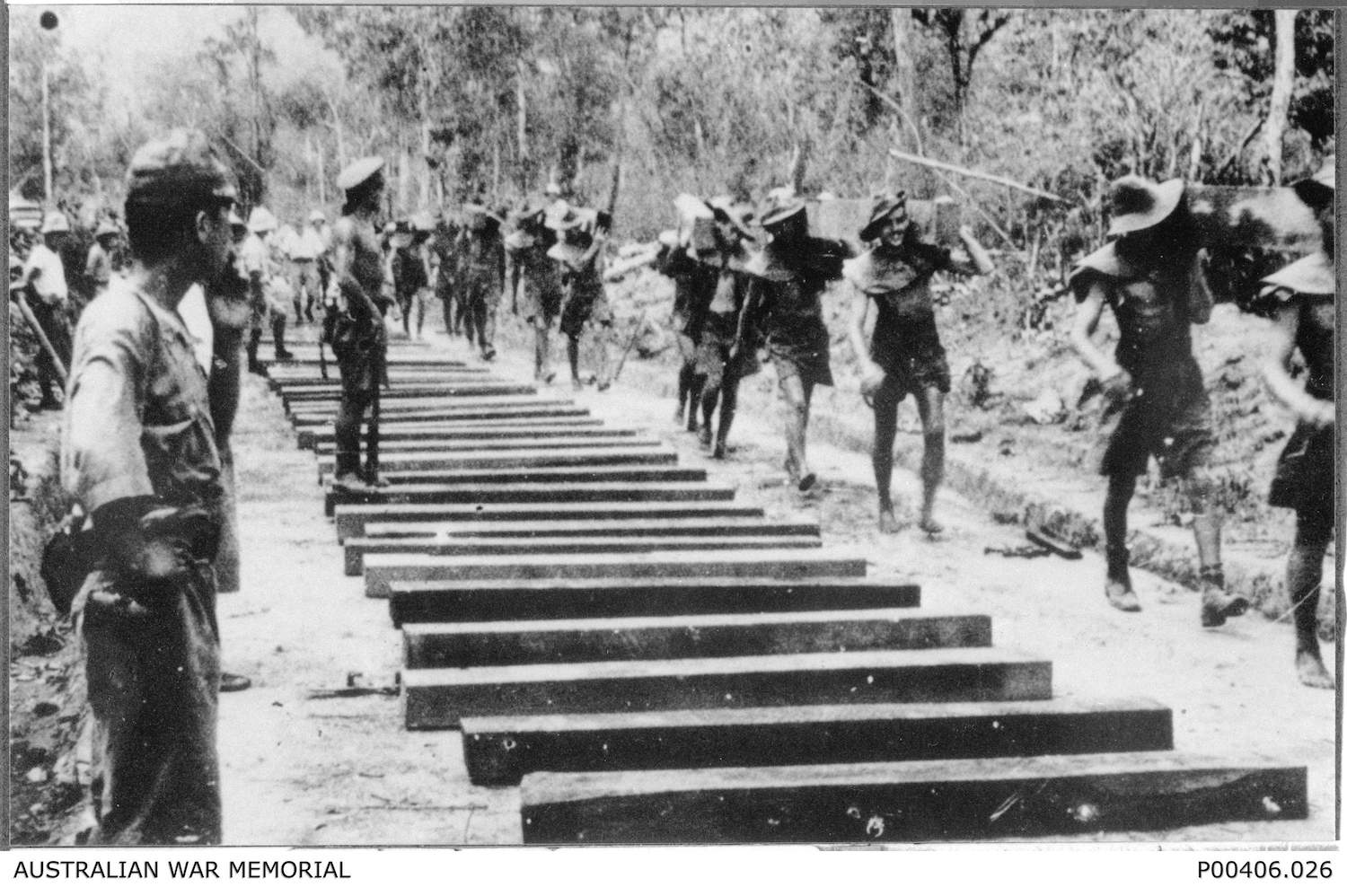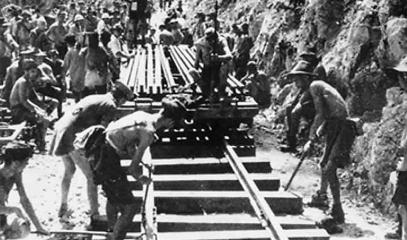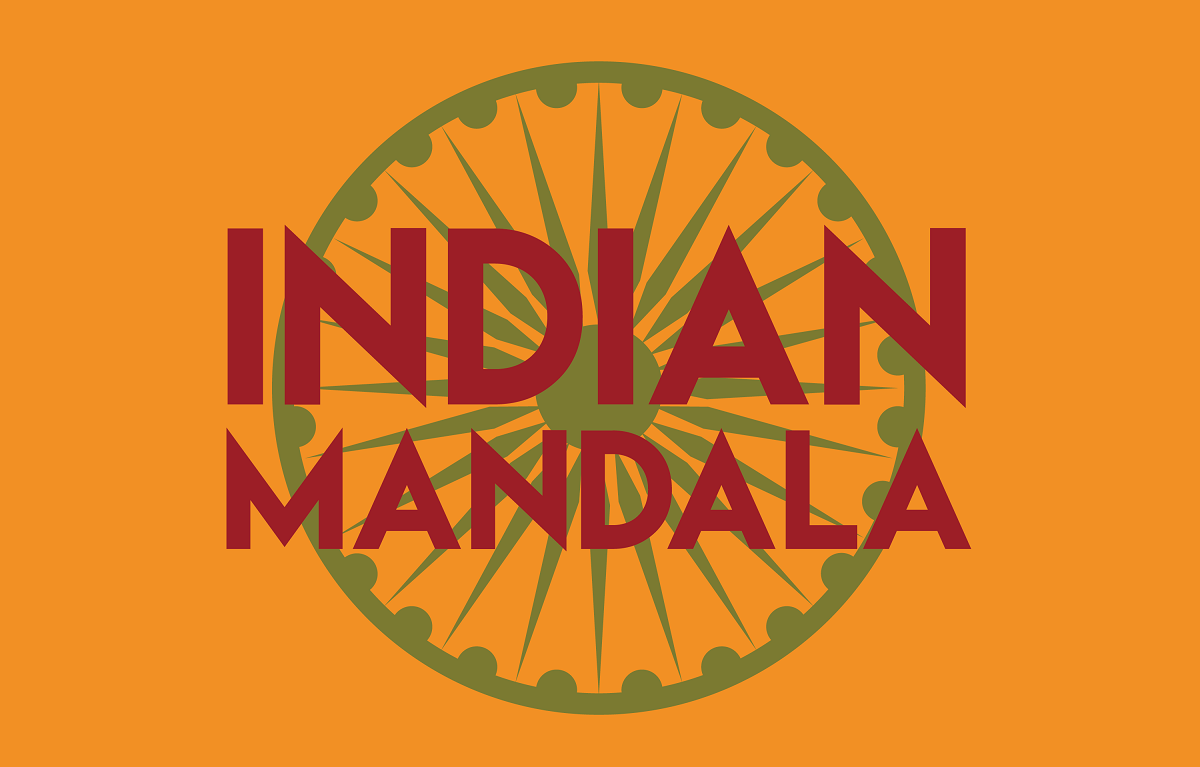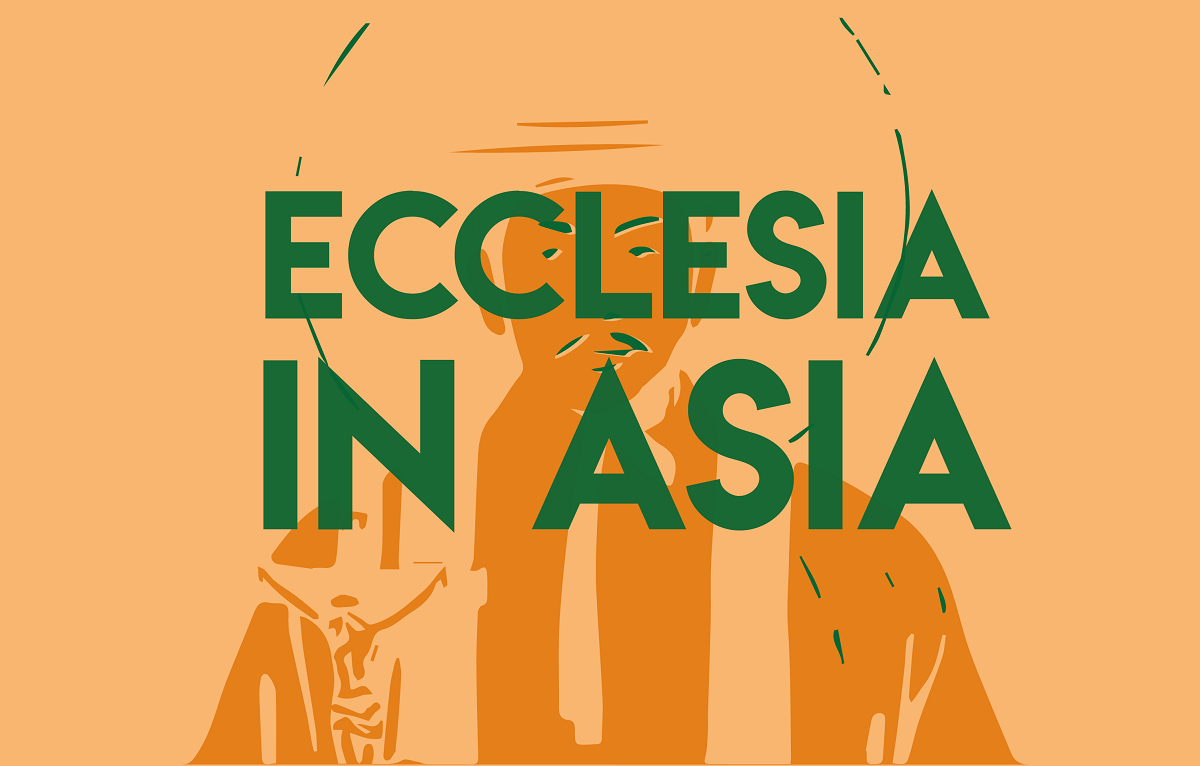Kanchanaburi: posthumous funeral rite for 'Death Railway' victims
At least 106 skeletal remains (out of 500 initially found) of Tamil labourers and Allied prisoners of war who died during the Second World War building the infamous railway between Thailand and Myanmar will be cremated. At the end of the rites, the ashes will be placed in a special funerary urn. This posthumous recognition highlights the victims’ fight against the cruelty of their captors as well as diseases.
Kuala Lumpur (AsiaNews) – The Malaysians and Indians in Bangkok (MIB) group wants to cremate the remains of 106 Tamil Rōmusha workers from Malaya who worked on the Burma Railway, better known as the "Death Railway", during the Second World War, currently on display at the JEATH War Museum in Kanchanaburi, a province in western Thailand.
For MIB president Silva Kumar, the decision follows the announcement that the museum would be permanently closed at the end of April 2025.
The remains, part of a grim historical legacy, were discovered during a construction project near the local governor's office.
“Out of the 500 bones initially found, 106 were handed over to the JEATH Museum under the archaeological department of Silpakorn University, while a Chinese foundation cremated the rest,” Silva Kumar explained.
Buddhist monks will chant prayers during cremations, while the ashes undergo a special burial ceremony in a Nadukal, a traditional Tamil memorial urn made of stone.
“The closure of the museum provides an opportunity to give these individuals a dignified farewell,” Silva said.
The MIB plans to conduct the cremation ceremonies in different phases at Wat Chaichumpon-Chanasongkram, a Buddhist temple in Kanchanaburi, since handling 106 sets of remains in a single ceremony is not feasible.
“The total cost for these ceremonies is estimated at RM 3,900 (US$ 865), and we are seeking support to cover the expenses,” Kumar explained.
The immense suffering endured by Allied prisoners of war (POWs) and Asian labourers (known as Rōmusha[*] in Japanese), forced to build the 415 km railway between Thailand and Burma (now Myanmar), are largely unknown.
Even the exact number of deaths during construction has not been established, but estimates suggest that about 100,000 people lost their life, including about 12,000 Allied POWs, and tens of thousands of Rōmusha, forced to work in horrible conditions.
Built between June 1942 and October 1943, the "Death Railway" remains a page of infamy in the history of Southeast Asia.
During the war, nearly 150,000 Tamil labourers from rubber estates in modern-day Malaysia were forcibly brought in to build the railway line between Siam (now Thailand) and Burma (now Myanmar), under the command of the Imperial Japanese Army.
Many of them died from harsh working conditions and abuse. To honour them, a memorial dedicated to the workers was inaugurated on 3 June 2023 in Kanchanaburi, Thailand.
P Chandrasekaran, chairman of the Death Railway Interest Group (DRIG) Malaysia, has been at the forefront of a decades-long struggle to get India, Malaysia, and other Southeast Asian countries to formally recognise these silent and nameless labourers.
Speaking at the inauguration, he described the memorial as “unprecedented step towards a pilgrimage that should have been undertaken several years ago".
"Lying buried in mass graves by the railway track, the Indians, Malays, Burmese, Indonesians, and Indo-Chinese endured the most inhumane working conditions, battling not just the cruelty of their captors but also diseases such as cholera and dysentery," he added.
In his book Revisiting the Death Railway: The Survivors' Account, Sasidaran Sellappah highlights the brutal human anguish and deaths suffered by the victims; half were Malayan Tamil labourers, and many were Allied POWs from Australian, British, Dutch and US forces.
While the POWs’ ordeal was immortalised in the film The Bridge on the River Kwai, a search in the public domain reveals very little about the forced dehumanised Tamil labourers.
Today, authorities in Kanchanaburi are promoting the bridge over the River Kwai, built on the Death Railway and then bombed by the Allies in 1944, as a tourist site. However, the role of Tamil workers finds little or no mention in historical accounts or the city's museums.
[*] Paid conscripted labourers.
12/02/2016 15:14
08/07/2025 17:39
11/08/2017 20:05









.png)










